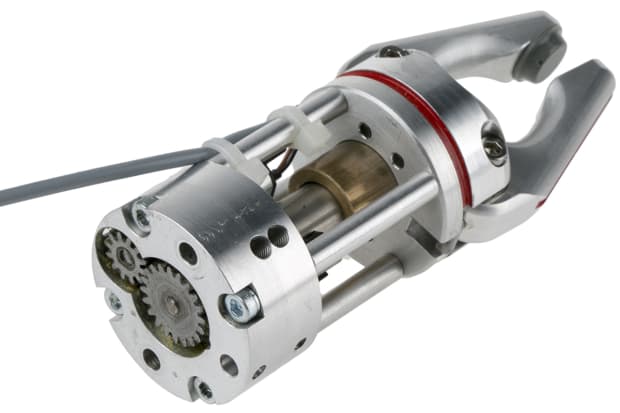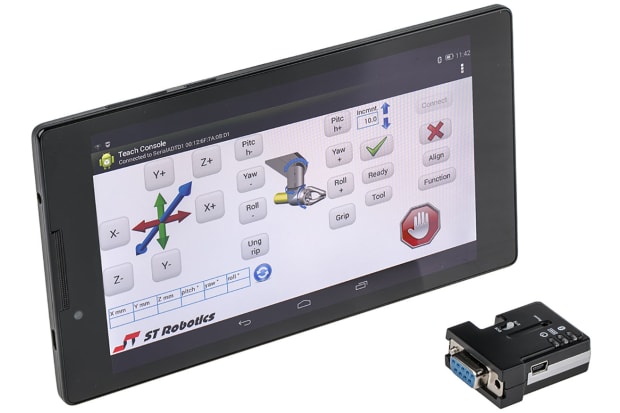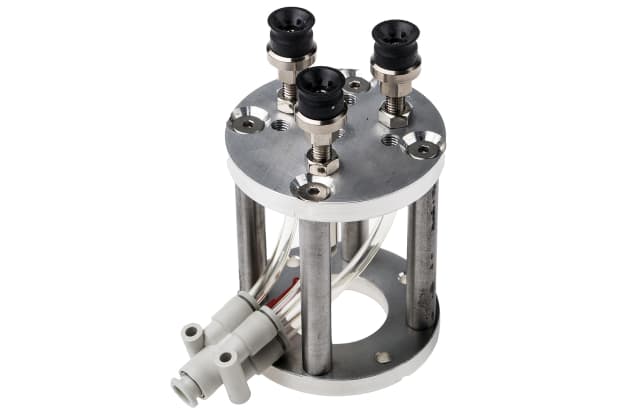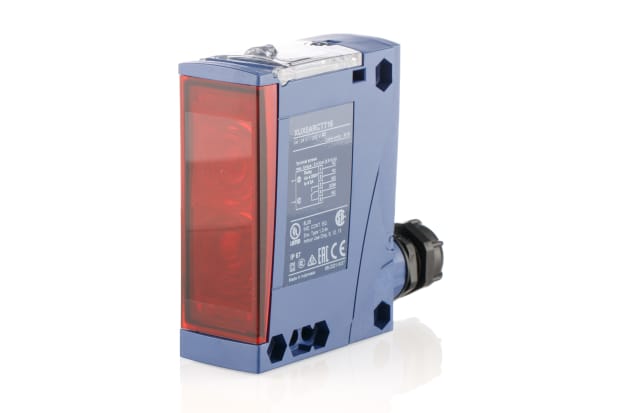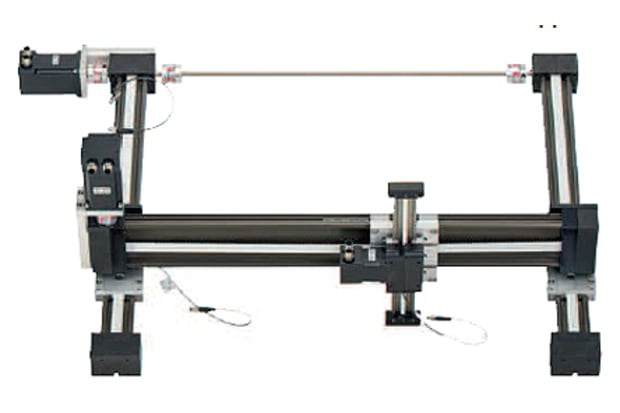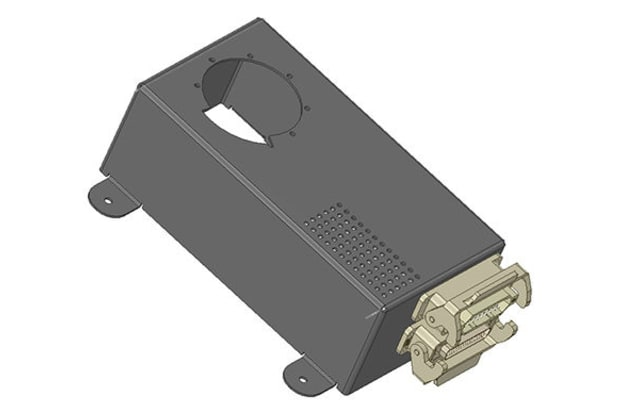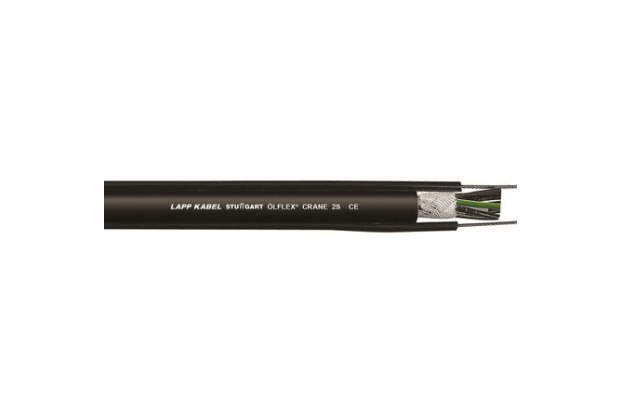This guide is part of our Industrial Automation hub where you can discover more about AI, automation and control.
In this guide, we’ll look at some of the most familiar and popular types of robot parts and components sold, as well as identifying some of the different basic robot types and the sorts of roles they tend to perform in modern industry.

